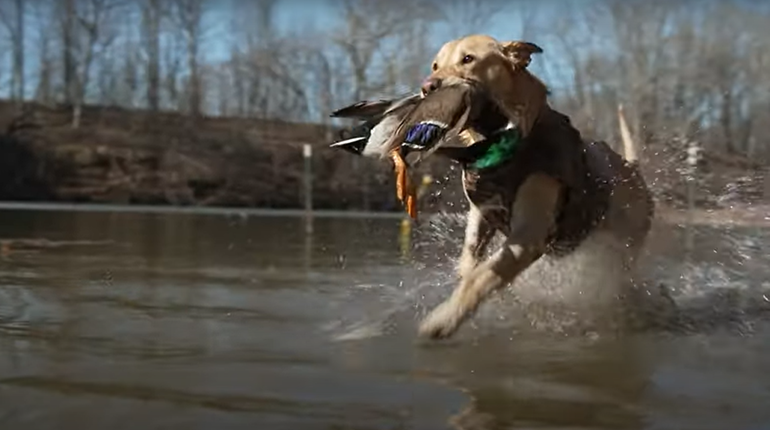
Pheasant country and prime agricultural areas tend to go hand-in-hand, so this time of year many farmers encounter nests while discing the earth or mowing fields. Unfortunately the hens' instinct is to sit tight and wait out the threat—not the best strategy with a tractor bearing down on you. According to Pheasants Forever, in some cases hen mortality due to spring farming practices can even have a noticeable impact on localized populations. So, what can be done?
Outdoor writer John Pollman has an interesting piece in the Argus Leaderregarding a simple device known as a "flushing bar". It attaches to the front of farm machinery and—you guessed it—flushes hens from the nest before the blades arrive. The nest will still likely be destroyed, but at least the hen will survive to nest again.
"Pheasants are resilient nesters," said Pheasants Forever biologist Mike Blaalid, in an interview by Pollman. "If a nest is destroyed, the majority of those hens are going to try again, probably within a week, to re-nest in undisturbed cover close-by."
There can be no renesting, of course, by hens if they're killed. According to Pollman, research indicates that flushing bars can reduce nesting hen mortality by a whopping 60 percent. For more on the statistical impact that could have, be sure to read the full story.
Its focus is on pheasants, but I wonder what impact such devices could have on all upland and grassland nesters. The bars create a disturbance in the brush, warning animals that the danger is drawing near. Could this not flush nesting waterfowl, turkeys and even whitetail fawns away from the approaching mower?
Truly this is a simple conservation tool for any farmer who encounters wildlife during the spring months to consider.




































